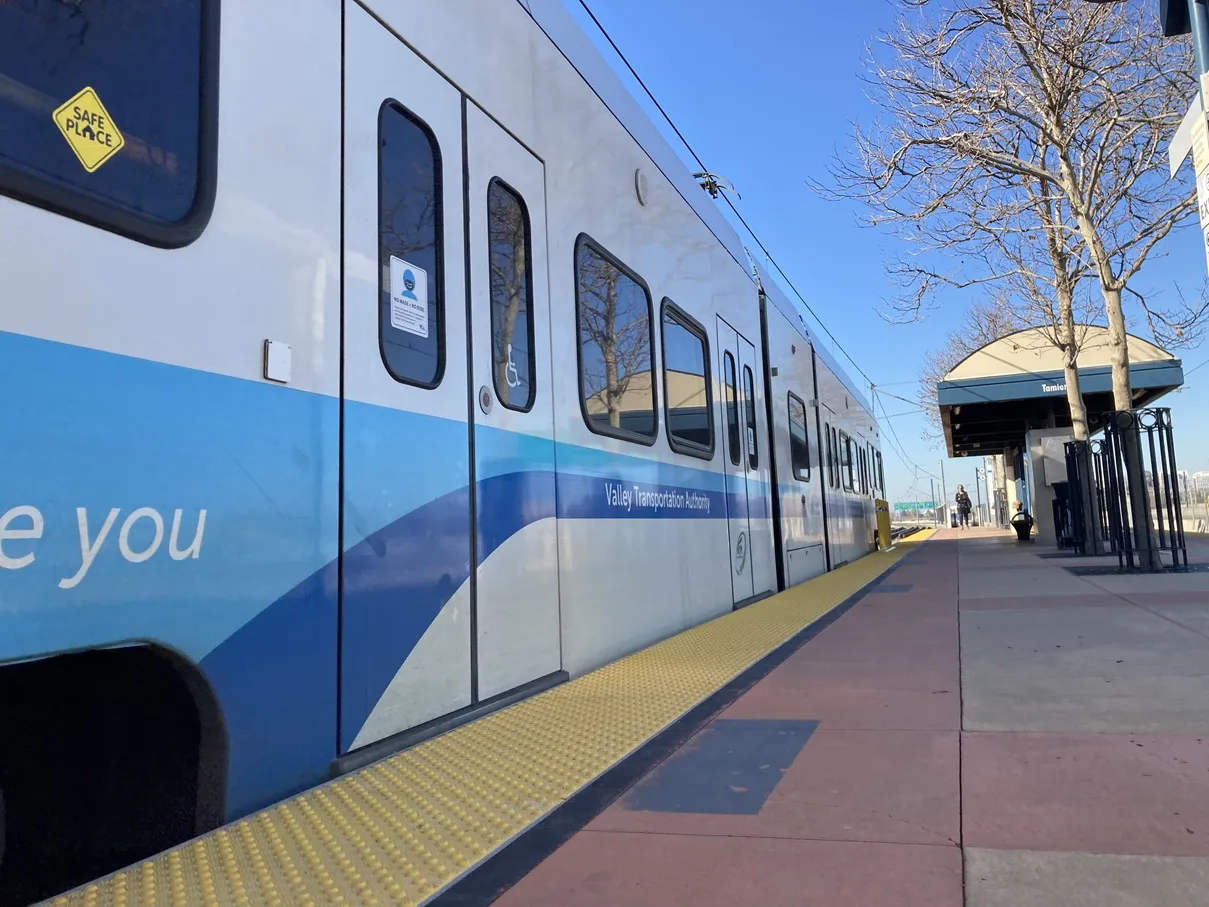285 Delcan is to lead the effort to install a new, one of a kind integrated corridor management (ICM) system along a 35-km section of I-15 in San Diego, California. The system will make use of Delcan’s Intelligent NETworks product, which will manage multiple modes of transportation and provide a real-time, multimodal decision support system (RTMDSS) that will implement and integrate technologies and concepts that have yet to be used in the United States.
The I-15 ICM system is one of two demonstration sites funded by Stage III of the US Department of Transportation Integrated Corridor Management Initiative. The corridor serves as the primary artery for San Diego County and once completed it will enhance mobility for motorists, increase the movement of goods, provide better accessibility to services and enhance safety.
The I-15 ICM project is a collaborative effort among the San Diego Association of Governments (SANDAG), the United States Department of Transportation, 923 California Department of Transportation (Caltrans), 831 Federal Highway Administration, Federal Transit Administration, Metropolitan Transit System, North County Transit District, California Highway Patrol and the Cities of San Diego, Poway and Escondido.










